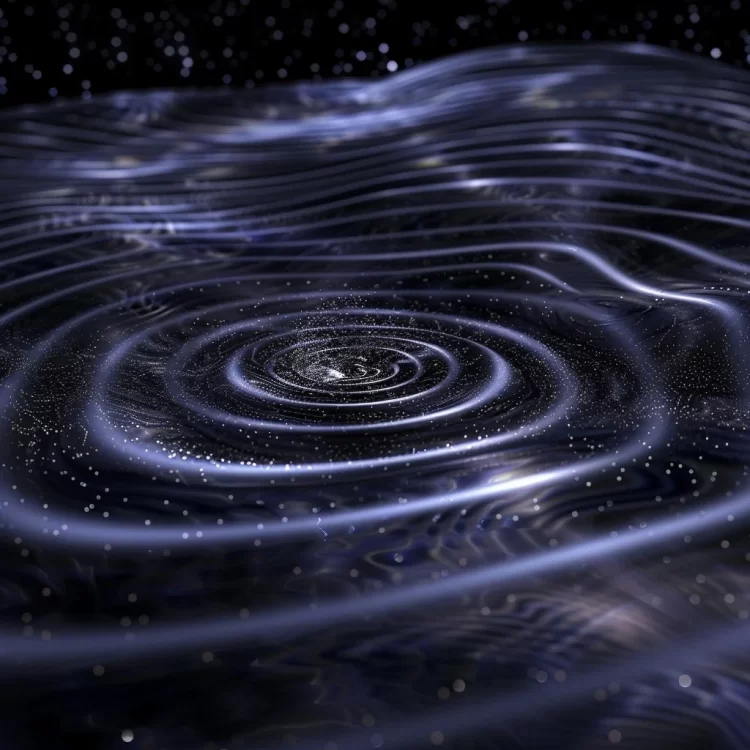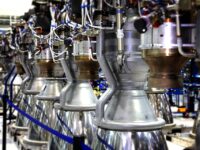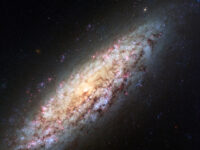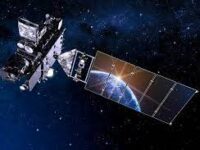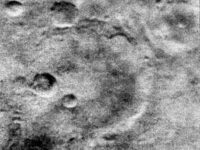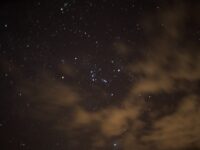The ocean is probably the first thing that comes to mind when the topic of waves is brought up. Yes, the sound as they crash on the shore is relaxing and satisfying to listen to, but that sound is also delivered in the form of vibrational waves through the air! We are able to talk over the phone because of sound waves too! One rarely discussed type of wave is the gravitational wave. These are incredibly tiny vibrations in the fabric of space-time caused by gravitational fields that were imperceptible for almost all of human history. Only in the last decade, through intricate studies, have we finally been able to measure the waves that Einstein predicted.
Russell A. Hulse and Joseph H. Taylor, Jr were the first to prove that there may be legitimacy to predicting gravitational waves in 1993. This opened up the possibility for the Laser Interferometer Gravitational-Wave Observatory (LIGO) to gather significant investments to make one of the most precise measurements in history. It was the most expensive experiment funded by the National Science Foundation.
With the funding, LIGO was able to measure the gravitational waves through unimaginably strong lasers. Powered by over a megawatt of energy, which is enough to power 400–900 homes over a year, the lasers were launched through arms that extended over 2.5 miles to see if the wavelength of the laser could change with a threshold of just a fraction of a proton.
“Gravitational waves are fundamentally different than any type of observation.”
In just the first 30 minutes of the experiment, it detected a large black hole collision. Their gravitational waves crossed over the earth, allowing them to get a perfect reading that measured gravitational waves for the first time in scientific history.
Laser Interferometer Space Antenna (LISA) is the new method that will be even more accurate at reading gravitational waves. The project, which is planned to be completed in 2035, involves using methods similar to LIGO and setting it in space. This will allow for less distortion in the measurements as the noise generated by the earth causes errors that LISA will be able to avoid. This program, funded by both NASA and the ESA, is a fascinating new look at the future of measurement in science.
But why go through all of this effort to measure these gravitational waves? It is important to note that gravitational waves are fundamentally different from any type of observation. Telescopes have consistently only been reading electromagnetic waves, but gravitational waves are a new way of looking at the universe. This new method also comes with the advantage that the waves hardly react to matter, meaning that the readings from the beginning of the universe are preserved almost perfectly. The understanding of what the beginning of the universe looked like from these gravitational wave detectors will be unparalleled.
